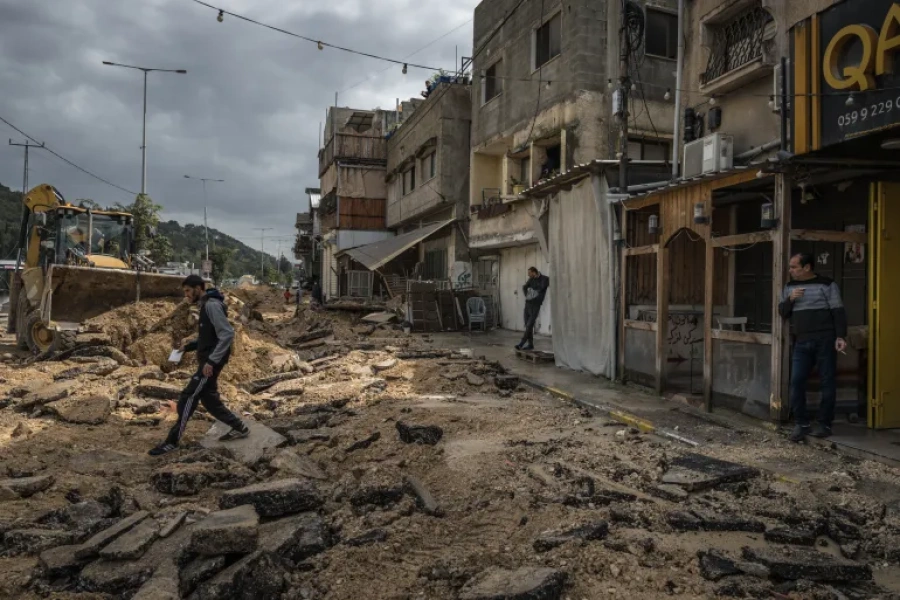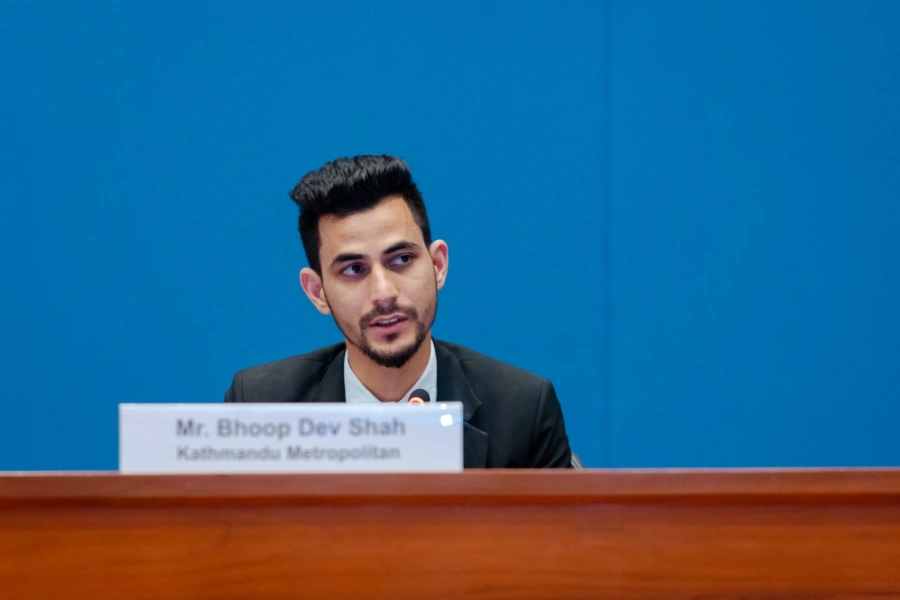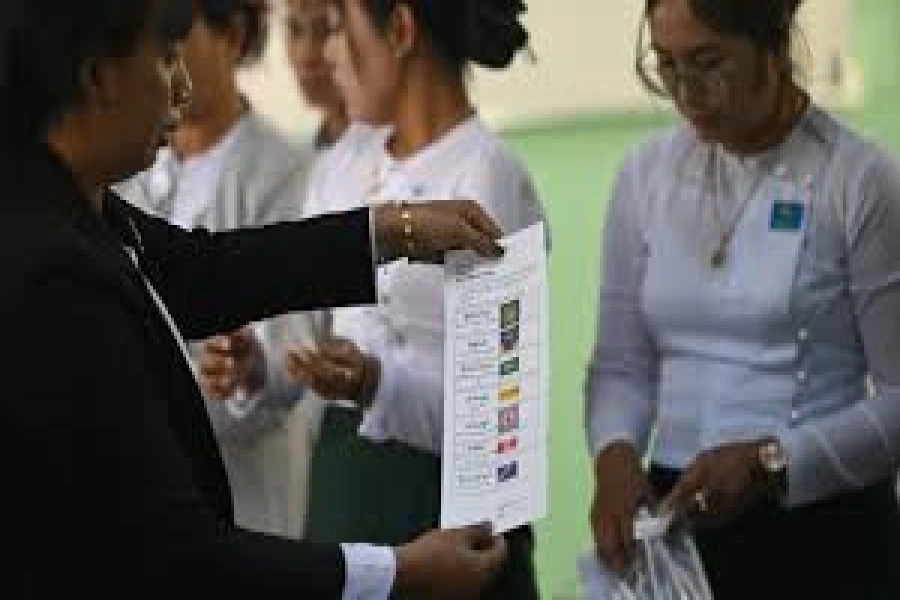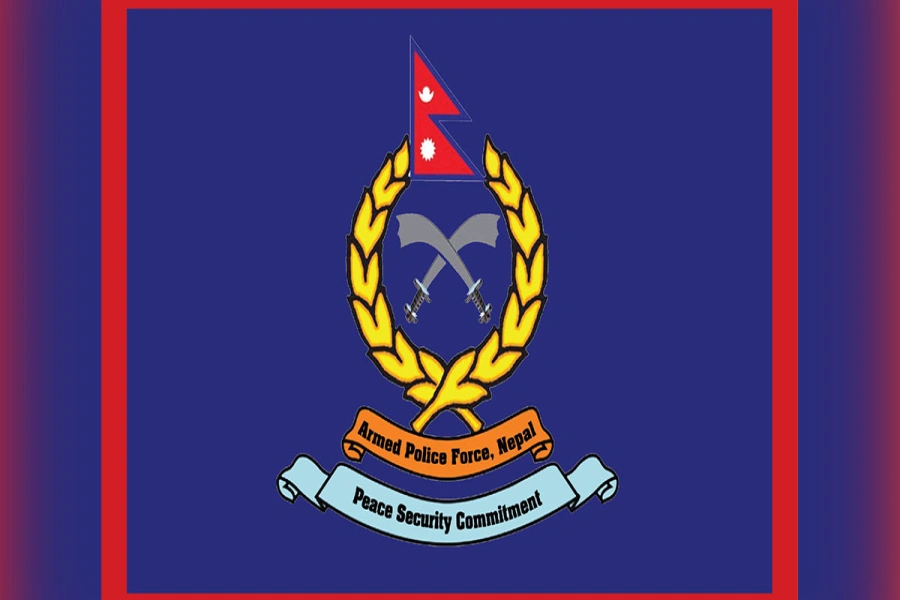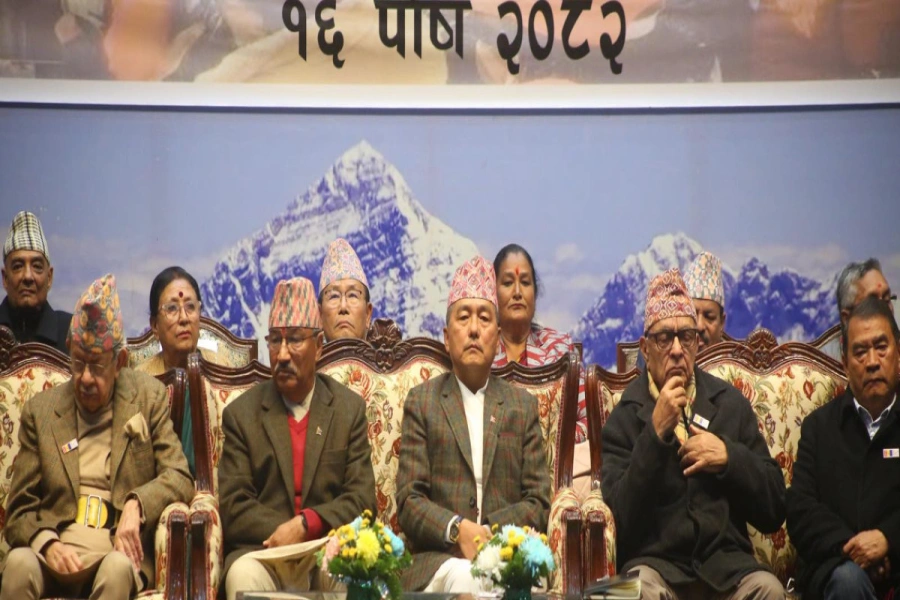More than 70 countries, including the oldest democracy, the United States of America, and the largest democracy, India, with a combined population of over 4 billion across different continents, have elections in 2024. Elections in the USA and India are of paramount importance and will have a disproportionate impact beyond borders for the health of democracy.
The outcome of India’s elections, the world’s largest democratic exercise, spread over 44 days across 28 states and eight Union Territories, in seven phases starting from April 19 to June 1 have thrown a series of messages and insights on the health of democracy in India. The peacefully held elections in the southern neighbor has given a clear message that the voters have reduced once considered invincible and outright majority of Prime Minister Narendra Modi to 240 seats in a House of 543 members for the first time since 2014. The elections sent a clear message to popular leader Modi: he is not invincible at the ballot box.
The ‘world’s most popular leader’ Modi now will be at the mercy of his coalition partners, and has to constantly rely on their support to remain in power. Given the nature of the coalition, differences on domestic issues will equally occupy the attention of the new government. Major domestic reforms and social issues could cause intra-coalition splits, which may invite pushback over fear of mass protests from trade union and farmer groups. BJP’s attempts to implement One Nation, One Election-that proposes simultaneous general and state elections, National Register of Citizens, Citizens’ Amendment Act, and Uniform Civil Code are likely to be constrained, because of differing views among the coalition partners. These measures are suspected to project India as the world power united around a single religion and language. All these would warrant constitutional amendment requiring two thirds of both upper and lower houses of Parliament. Agnipath scheme that “came like a bolt from the blue,” to quote former Army Chief MM Naravane, is likely to be reviewed. Delimitation of constituencies that will redraw the electoral map of India reflecting the population strength after the 2026 census is also likely to get a pause.
Unlike in 2024 and 2019, opposition has emerged stronger. Opposition parties came together under the umbrella of INDIA alliance- led by Indian National Congress (INC) -which fought the British to liberate the country from colonialism. INC emerged stronger and opposition parties performed better than expected despite what political analysts say ‘no level playing field’ available to them during the campaign. Opposition’s bank accounts were frozen and leaders belonging to the opposition parties were jailed. Prime Minister Modi had set the goal of winning 370 seats for BJP and 400 seats for the National Development Alliance (NDA) in the just concluded elections.
In 2014, Modi came to power on a wave of national anger over corruption. In 2019, nationalist sentiment over surgical strikes worked in its favor. This time, the Hindu nationalism was made the core focus of the BJP’s campaign. On January 22, Prime Minister Modi was a key figure in the consecration of a temple dedicated to Lord Ram in Ayodhya, north India. It was aimed at bolstering the BJP’s electoral prospects. Vidya Krishnan writes in The Atlantic, “Modi’s transformation of Ram is part of a decades long attempt by India’s right wing to “Hinduize” one of the most religiously diverse countries in the world,” where Muslims were seen as “infiltrators.”
PM Karki to hold talks with top leaders of major parties on upc...
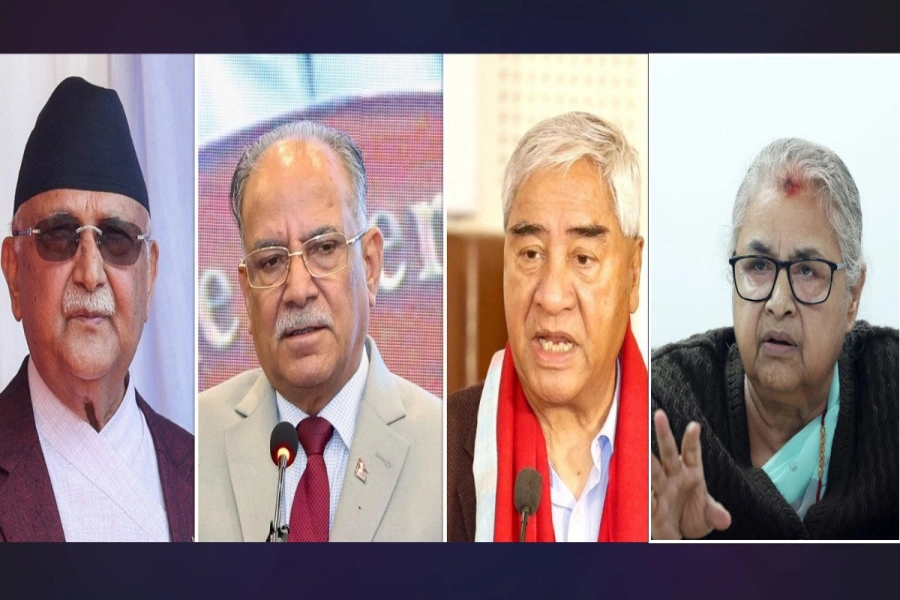
However, the Hindu nationalist agenda did not appeal to all as Faizabd, where Ayodhya lies, elected opposition Samajbadi Party candidate. Voters prioritized welfare, unemployment, education, health and inflation issues over religious agenda. Critics noted that temples are traditionally consecrated by priests, not politicians. In one election meeting, Modi claimed that he was chosen by God. Fears of the BJP securing a two-thirds majority for constitutional reforms have faded.
The Economist’s June 6, 2024 cover story on Indian elections describes the outcome as “a triumph for Indian democracy.” The article discusses how electorates can “limit the concentration of power and change a country's destiny.” The outcome, it writes, “reduces the risk of the country sliding towards autocracy, buttresses it as a pillar of democracy.”
The Wall Street Journal in an editorial on June 4, 2024 entitled An Election Rebuke for India’s Narendra Modi, wrote, “country’s voters want economic results more than ethnic chauvinism.” The paper further said, “The election result suggests that Indians have high expectations from their leaders, and have again used the world’s largest democracy to warn those leaders to do better. The question now will be whether Mr. Modi takes this election warning to heart, or retreats into even more sectarian and authoritarian methods.”
The Financial Times, June 4, 2024 carried an editorial entitled “India’s Modi emerges weakened,” and more beholden to coalition partners and the opposition. It wrote, “Winning a historic third term shows Modi remains popular. Many Indians still approve of his decade-long leadership.” It further wrote, “For the BJP, the vote is also a wake-up call that it cannot block dissent and govern effectively. Over the past decade, the party and its supporters have muzzled the free press, intimidated opponents and discriminated against Muslims.” The editorial concludes: “Over the next five years, a weakened Modi can still help turn India’s vast economic potential into reality, but only if he takes the right message from these polls.”
India and the world
India is a country of great significance. India is bound to remain as a global player. Its expanding diplomatic outreach, profile, role and contributions will further deepen and widen. A strong, democratic and prosperous India matters, for the region and the world. Addressing contemporary global challenges without India is unthinkable. As the largest populated country, the fifth largest and fastest-rising economy, the Indian market will continue to appeal as a viable investment and manufacturing global and regional hub amid Washington’s look for an alternative in the context of its ongoing fierce global contest with China. Modi’s slogan of “developed India,” and “secured India” will uphold continuity.
Over the years, the Indian government has significantly invested in building India’s physical infrastructural capacities, including development of railway lines, roads, highways, remarkable energy sources and transmission lines. Enhancing connectivity and streamlining supply chains focusing on new digital welfare schemes have benefited the poorest of the poor in rural areas. Modi’s aim is to elevate India’s economy to become the third largest by 2027.
India’s foreign policy is unlikely to see any changes or surprises, as India has a tradition of maintaining consensus in foreign policy. Relations with all countries including with its immediate neighbours will stay the course as they are now. Seven countries- Nepal, Bangladesh, Bhutan, the Maldives, Mauritius, Sri Lanka and Seychelles- have been invited to attend Prime Minister Modi’s swearing in ceremony. The exclusion of some South Asian countries suggests that the South Asian Association for Regional Cooperation (SAARC) is unlikely to be revived during Modi’s third term.
The evolving relationship with the USA which spans from“the seas to the stars” will continue, as the “closest partners in the world – a partnership of democracies looking into the 21st century with hope, ambition, and confidence,” as the Joint Statement issued in June 2023 said. A US State Department spokesperson recently said that US-India ties stand as a “great partnership both at the government level and at the people to people level.” This inevitable partnership will be based on shared security concerns of both the countries about China's challenges. However, one thing seems certain, India will not go to the extent the West wants it to go on Russia.
Border dispute will continue to be at the center of China-India relations. These are decades-long border issues which have become more complicated in recent days leading to the Indian External Affairs Minister terming it in a state of “abnormality.” India has stepped up its military presence near the Indo-China border. India is seen to help contain Chinese expansionism in the Indo-Pacific region.
China sent its experienced diplomat Xu Feihong as its ambassador to Delhi after a gap of 18 months. Vacancy was seen as a growing sign of stress and strains in China-India relations. Xu was reported to have called for joint efforts to “enhance political mutual trust, manage differences properly and advance mutual beneficial cooperation so as to bring China-India relations forward along the right track.”
Immediate diplomatic agenda for the PM will include G-7 summit meeting in Italy from June 13-14 and summit meeting of the Shanghai Regional Cooperation (SCO) meeting in July in Kazakhstan. Prime Minister Modi’s brief meeting with President Xi Jinping took place in the BRICS summit last year in August 2023 in Johannesburg. India will continue to promote its position as the true leader of the Global South. The Global South will see the intense competition between India and China for increasing role and influence.




